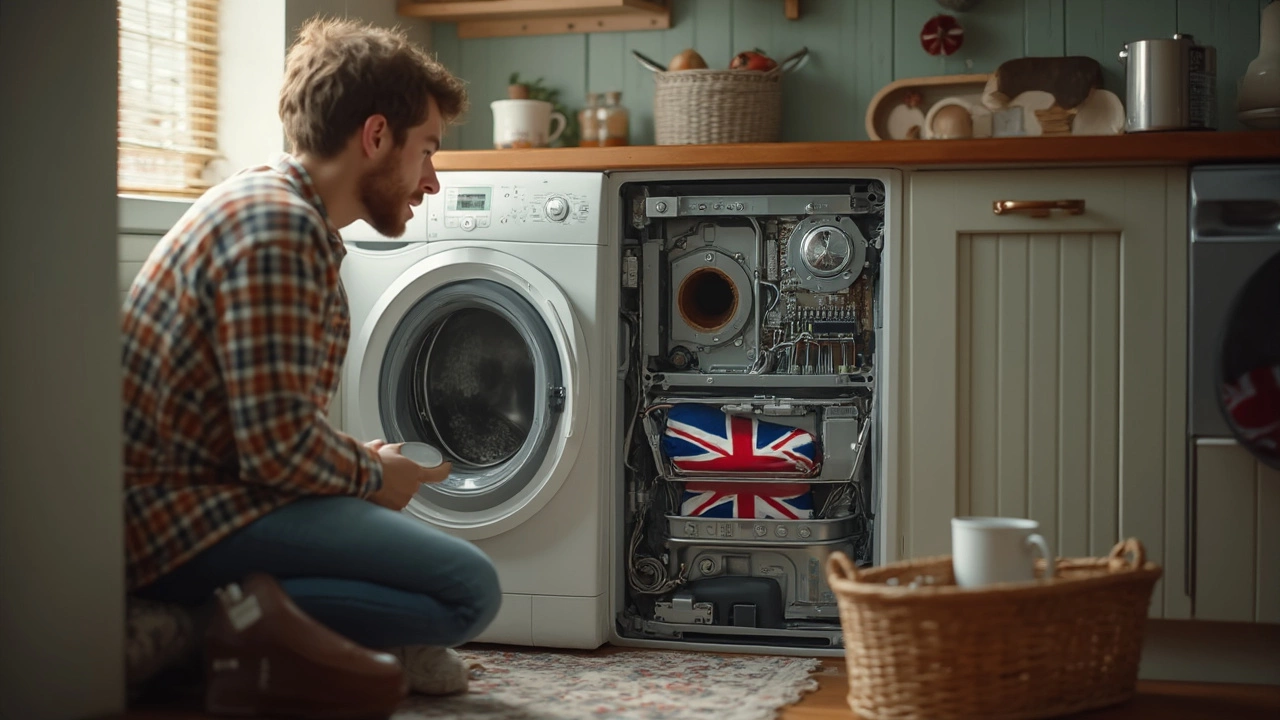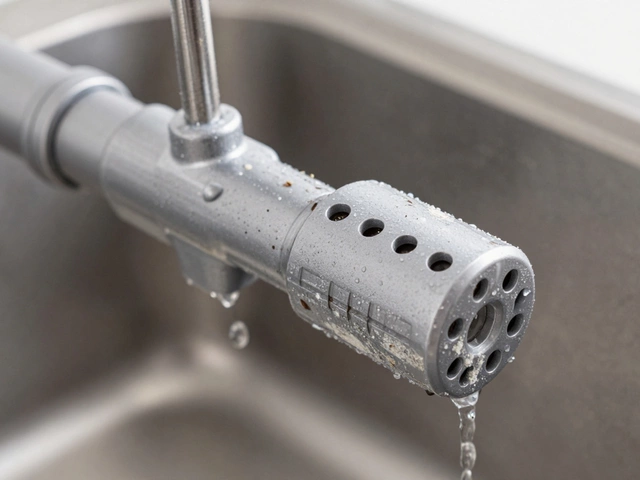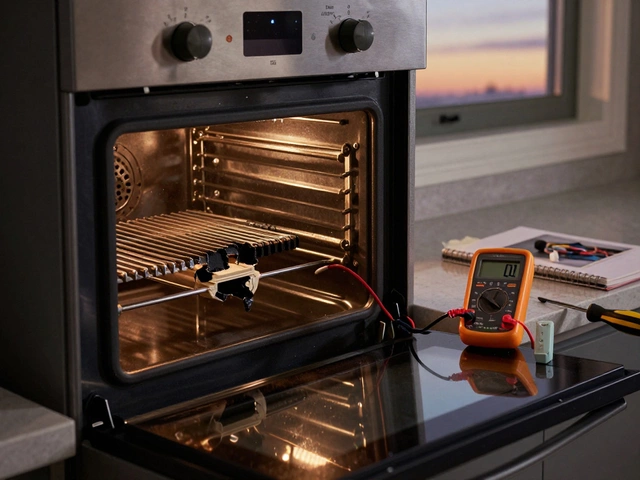Replacement Parts: What You Need to Know
When dealing with Replacement Parts, components used to fix or upgrade household appliances. Also known as spares, they are essential for getting your washer, fridge, or oven back in shape without a full replacement.
Every time you face a broken dishwasher or a sputtering oven, Appliance Repair, the process of diagnosing and fixing household machines. It relies heavily on the right part, whether it’s an OEM (Original Equipment Manufacturer) piece that matches the factory specs or an aftermarket option that promises a lower price. Choosing the right replacement parts means checking model numbers, voltage ratings, and warranty terms – a triple check that saves time and money.
OEM vs. Aftermarket: Which One Fits Your Situation?
OEM parts are built by the same company that made your appliance, so they fit like a glove and often carry the original warranty. Aftermarket parts, on the other hand, are produced by third‑party manufacturers. They can be just as reliable, but you’ll need to verify compatibility and read reviews. Technicians often recommend a mix: OEM for critical safety components like gas valves, aftermarket for non‑essential items like door hinges. This blend lets you keep repair costs down while maintaining safety standards.
Another key point is that using high‑quality replacement parts can extend the lifespan of an appliance by years. A solid thermostat in a fridge or a proper heating element in an oven prevents secondary failures. That’s why many homeowners schedule regular maintenance – it’s the perfect time to swap out worn parts before they cause a breakdown.
When a part fails, the first step is identifying the exact component. Most modern appliances have part numbers printed on the inside of the unit or in the user manual. Once you have that code, you can search for the matching replacement part, compare OEM and aftermarket options, and decide based on price, availability, and guarantee. If you’re unsure, a qualified repair technician can confirm the part’s fit and advise on the best source.
Safety is non‑negotiable. Electrical components, gas connections, and water‑related parts all have strict regulations. Using the wrong part can lead to short circuits, leaks, or even fire hazards. That’s why reputable technicians double‑check part specifications and, when needed, insist on certified OEM spares. The short‑term extra cost usually pays off in peace of mind and long‑term reliability.
Finally, think about the environment. Replacing a single faulty part instead of discarding an entire appliance reduces waste and carbon footprints. Many manufacturers now offer recycling programs for old parts, and some aftermarket suppliers use recycled materials. By choosing the right replacement part, you’re not just fixing a gadget – you’re making a small but meaningful contribution to sustainability.
Below you’ll find a curated collection of articles that dive deeper into each of these topics. From step‑by‑step guides on locating the correct part number to cost‑benefit analyses of OEM versus aftermarket options, the posts will give you the tools you need to make smart repair decisions.
Wondering what hits your wallet hardest when your washing machine breaks? This article uncovers the priciest part to swap out and reveals why it costs so much. You'll get real-world numbers, tips for deciding whether to fix or toss, and advice on spotting early warning signs. Learn which repairs can be DIY and how to dodge common mistakes. Save yourself time, cash, and headaches by figuring out the best move before calling in the pros.


